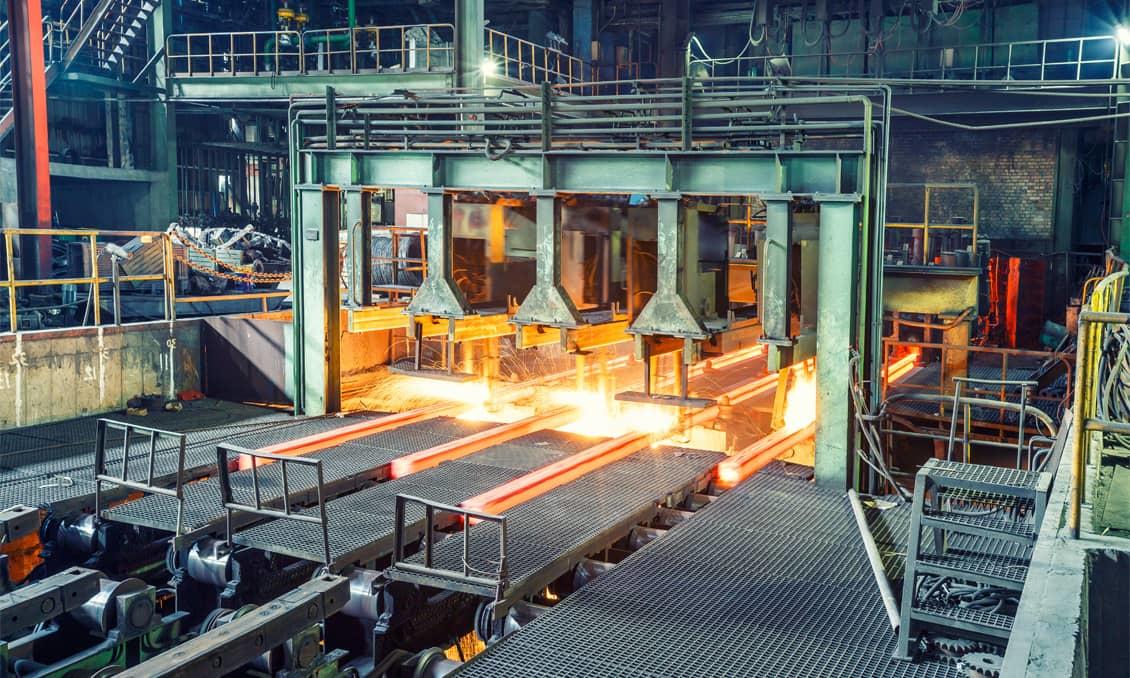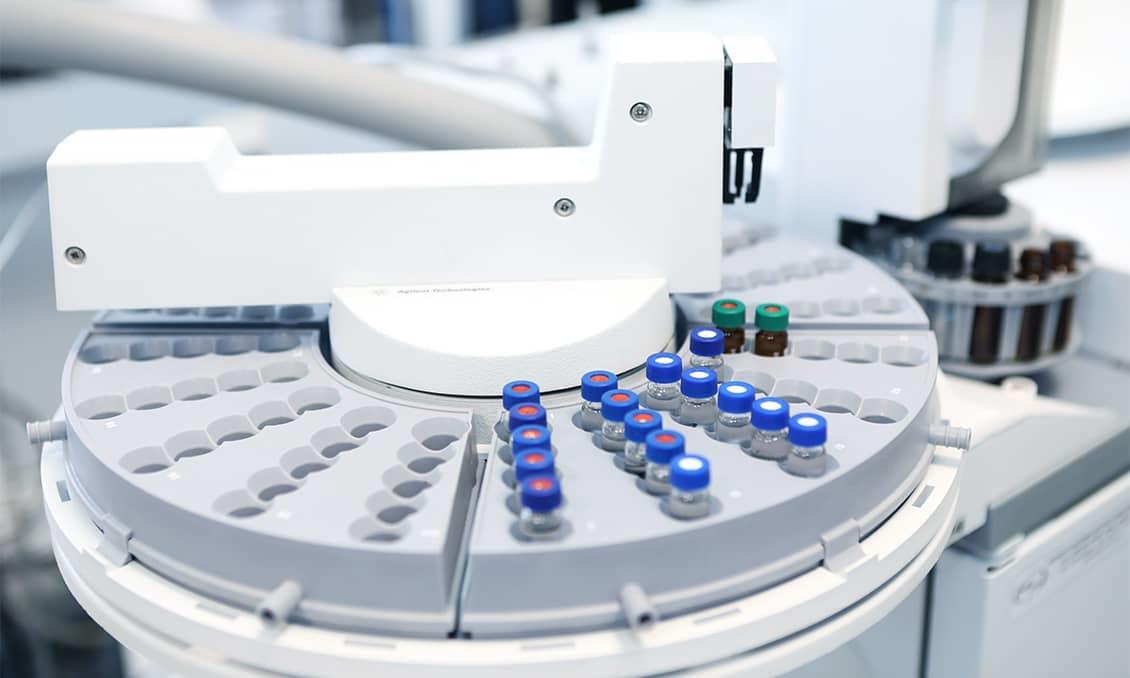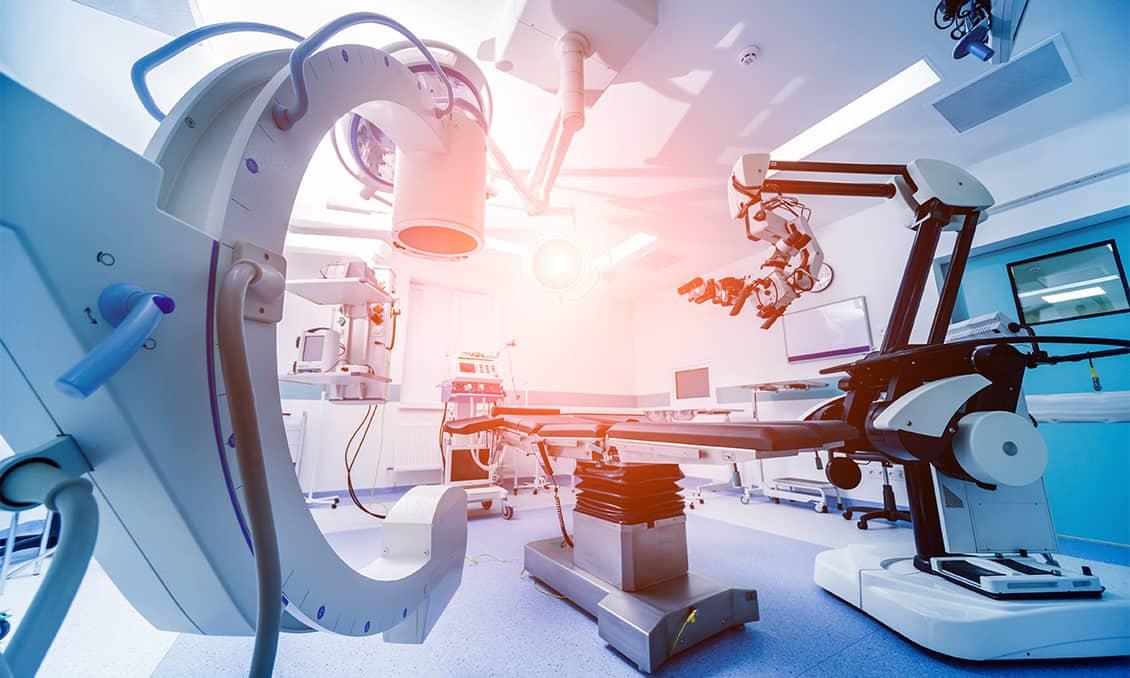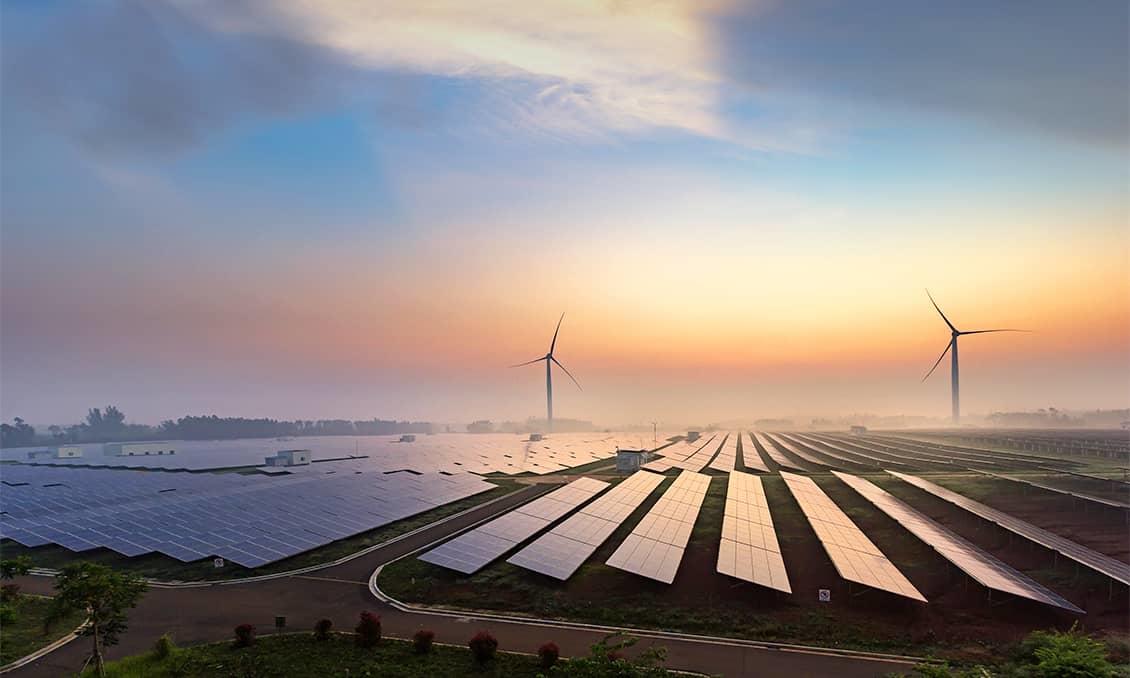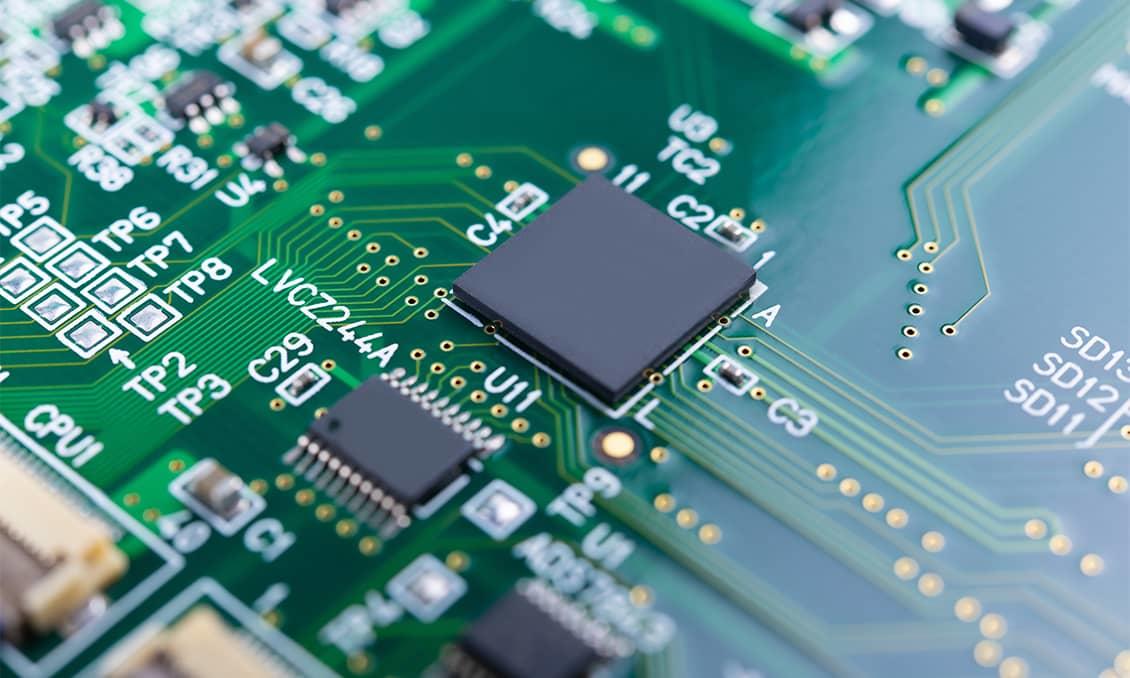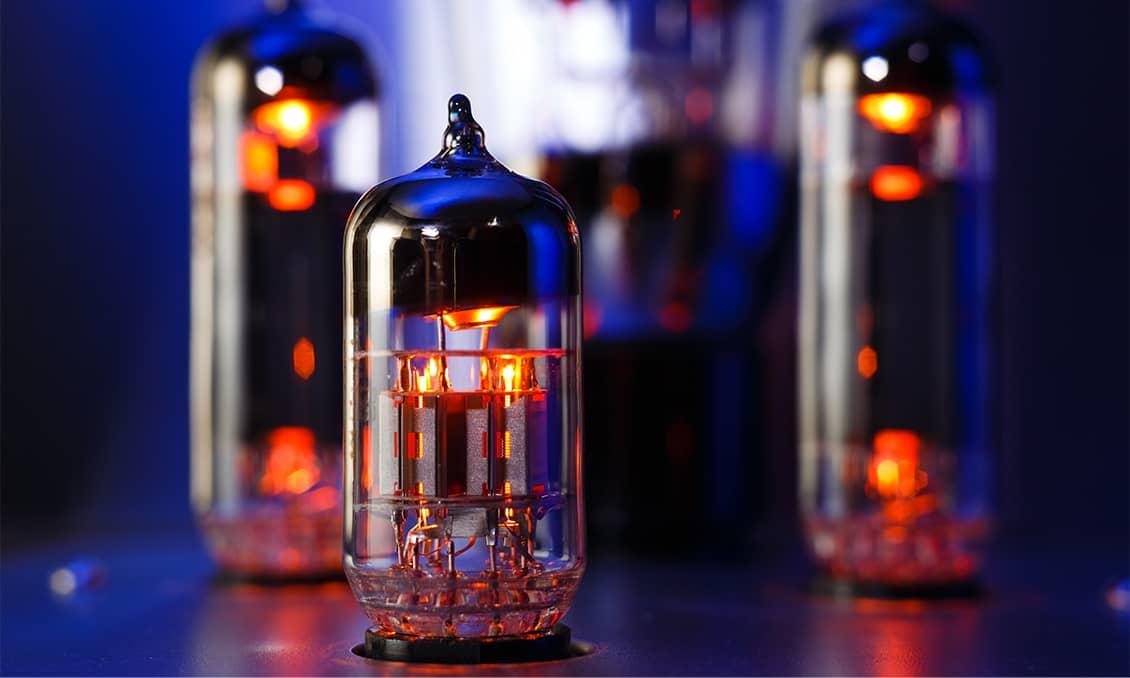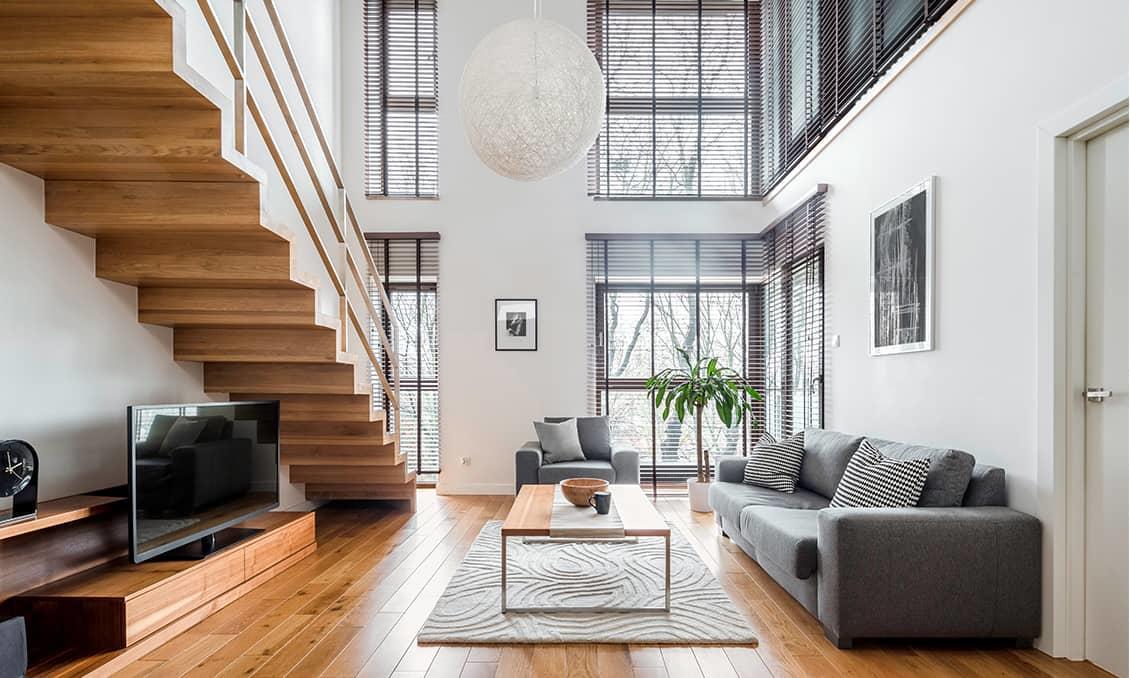Ceramic
Additive
Manufacturing
Kyocera Ceramic Additive Manufacturing
CAM
by Kyocera, the Global Leader of Fine Ceramics
Kyocera International, Inc.’s Fine Ceramics Additive Manufacturing
Kyocera International, Inc.’s Fine Ceramics Group has ceramic additive manufacturing capabilities for printing Alumina and Zirconia, two common materials used in advanced ceramics. Products manufactured with this technology yield the same material characteristics as materials produced via more traditional technologies (HIP, CIP, Injection Molding, Press, etc.) yet allow for the creation of complex geometries and customized shapes, making them well-suited for a wide range of applications. In addition, no tooling is required, first samples can be manufactured quickly, and ramps to thousands of units per week can be achieved rapidly.
Alumina is a versatile ceramic material with high strength, stiffness, and wear resistance. Zirconia has high strength, toughness, and resistance to cracking, making it a good choice for applications where durability is important.
Kyocera’s 3d printed ceramic components are excellent solutions for engineers looking for precise pieces, with quick prototyping and mass scale production. With Kyocera’s CAM printing technology you can achieve tight tolerances, small channels, composite shapes, and more. Discover the advanced ceramic additive manufacturing possibilities with Kyocera’s CAM below.
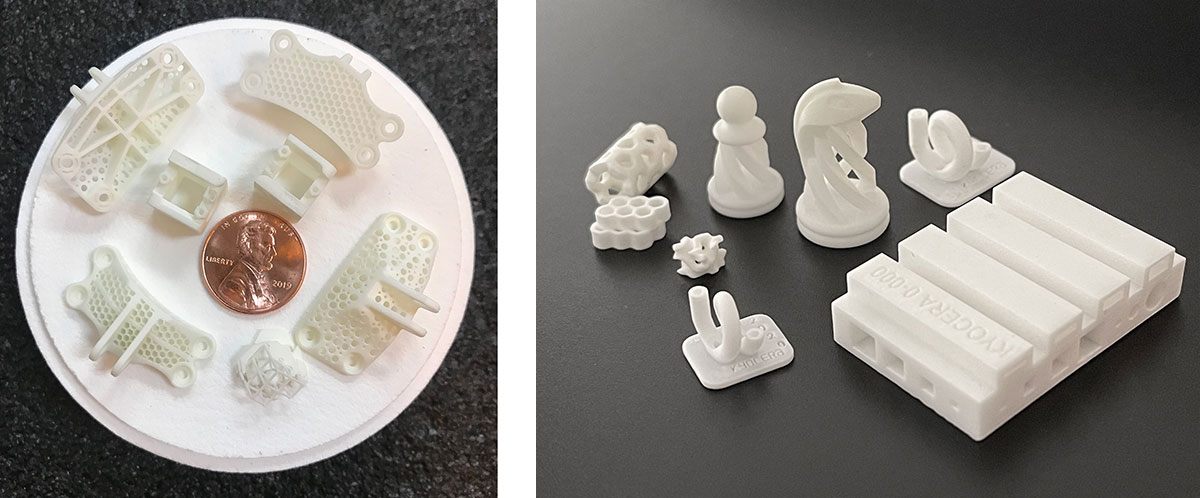
Fine Ceramic 3D Printing Applications
-
Aerospace
-
Industrial
-
Medical &
Life Sciences -
Energy
-
Luxury
Consumer
Goods
Manufactured in the USA
Kyocera’s CAM Fine Ceramic additive manufactured parts are made in the USA.
Kyocera’s CAM supports and accepts international 3D printing inquiries.
Benefits of Kyocera’s CAM
-
Complex Shapes Not Possible with Conventional Forming Technology
-
No
Tooling
Required -
Short
Lead
Time -
Rapid Prototypes:
Shortens Product Development Time
-
High Purity
> 99.8%
Alumina:- Higher Thermal Conductivity
- Lighter Weight/Lower Density
- Lower Loss Tangent
- Stronger Thermal Shock Resistance
- Heat Exchangers
- Electrical Insulators
-
Material Technology
Oxide Ceramics
Advanced ceramic materials have characteristics such as:
- Corrosion Resistance
- High Dielectric Strength
- Low Thermal Expansion
- High Hardness
-
Yttria
Stabilized
Zirconia
(YSZ):- Higher Wear Resistance
- Higher Tensile Strength/Toughness
- Chemical inertness
- Mirror-Smooth Finish
- Resistance to Heat (Even Molten Metals)
- Dental/Implantable
Alumina and Zirconia Additive Manufacturing Technical Data
| Physical Property | Unit | Kyocera ZO201N |
Kyocera’s CAM Zirconia YSZ |
Kyocera AO480S |
Kyocera’s CAM Alumina 99.8 |
||
|---|---|---|---|---|---|---|---|
| Density | g/cm3 | 6.0 | 6.0 | 3.9 | 3.9 | ||
| Water Absorption | % | 0 | 0 | 0 | 0 | ||
|
Mechanical |
Vickers Hardness HV9.807N | GPa | 12.3 | 12.3 | 17.2 | 16.2 | |
| Flexural Strength 3 P.B. | MPa | 1000 | 1000 | 480 | 460 | ||
| Young's Modulus of Elasticity | GPa | 200 | 215 | 380 | 387 | ||
| Poisson's Ratio | ― | 0.31 | 0.31 | 0.23 | 0.23 | ||
| Fracture Toughness (SEPB) | MPa√m | 6.0 | 4.5 | 4.3 | 3.4 | ||
|
Thermal |
Coefficient of Linear Thermal Expansion | 40~400℃ | x10-6/K | 10.5 | 10.0 | 7.2 | 7.1 |
| 40~800℃ | 11.0 | 11.0 | 8.0 | 8.0 | |||
| Thermal Conductivity 20℃ | W/(m・K) | 3 | 3 | 32 | 32 | ||
| Specific Heat Capacity | J/(g・K) | 0.46 | 0.46 | 0.79 | 0.78 | ||
| Thermal Shock Temperature Difference (Put in Water, Relative Method) | ℃ | 300 | 150 | 180 | 150 | ||
|
Electrical |
Dielectric Strength | kV/mm | 11 | 11 | 15 | 17 | |
| Volume Resistivity | 20℃ | Ω・cm | 1.0E+13 | 1.5E+12 | >1.0E+14 | >1.0E+14 | |
| 300℃ | Ω・cm | 1.0E+06 | 8.3E+06 | 1.0E+13 | 2.5E+13 | ||
| 500℃ | Ω・cm | 1.0E+03 | 8.8E+06 | 1.0E+10 | 5.8E+10 | ||
| Dielectric Constant(1MHz) | ― | 33.0 | 33.7 | 9.9 | 9.9 | ||
| Dielectric Loss Tangent (1MHz) | ×10-4 | 16 | 17 | 1 | <1 | ||
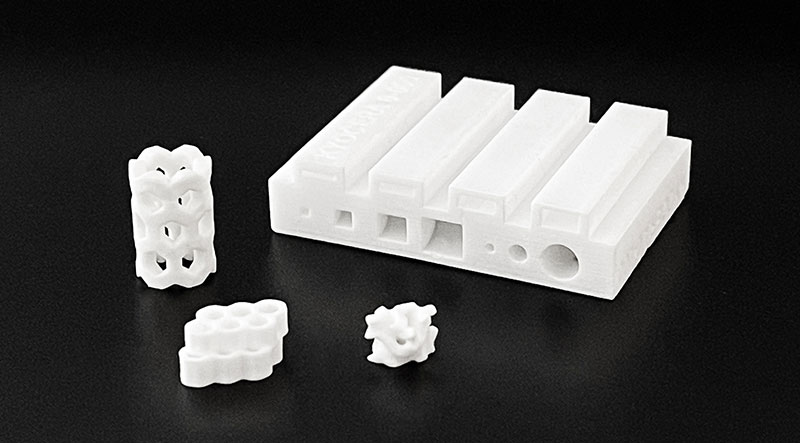
Services Available
- 3D Design & Modeling w/CAD
- Structural & Flow Analyses FEA / CFD
- Conjugate Heat Transfer Analysis
- Multi-Axis Computer Aided Machining
If you can imagine it,
we can print it!

-
Designs:
- Complex Surfaces
- Internal Features
- Curved Holes
- Threads
- Textures
-
Embossing
/Debossing Text:- Serial Numbers
- Graphics
- Logos
- Names
- Personalization
-
Movable components:
- Valves
- Hinges
- Bearings
Specifications
Material: Alumina, Zirconia
Maximum Sintered/Finished Size:
400 × 110 × 50 mm
Tolerance(as-fired): +/- 0.100 mm or
+/- 1% for dimensions over 10mm
Wall Thickness: 0.25 – 10.00 mm
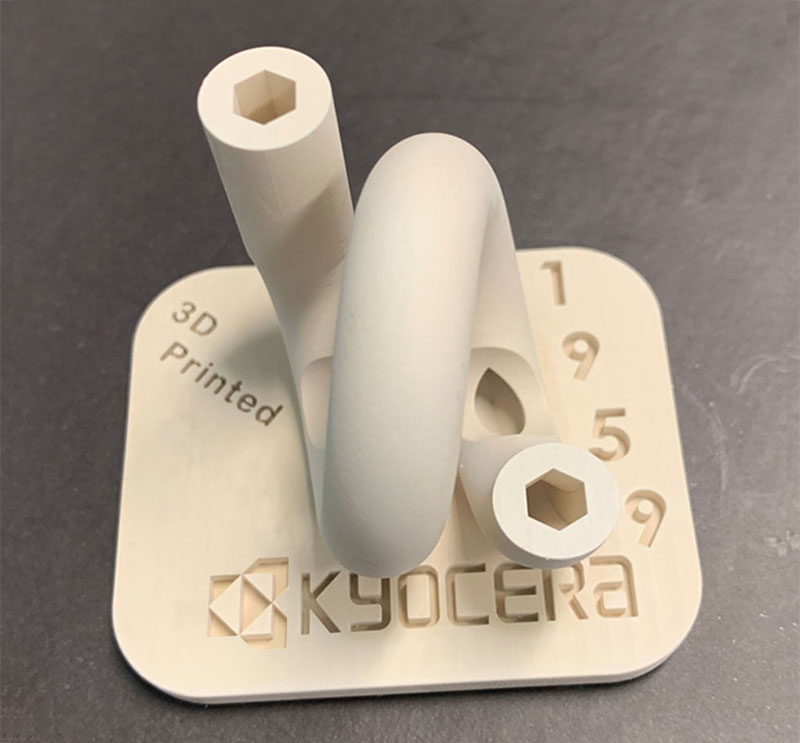
Rapid Prototypes & High-Volume Production
Our 3D printing rapid prototyping allows for an easy transition to high volume production. Request for Quotes (RFQ) must include: 3D CAD file(s) or a 2D Drawing, expected quantity, lead time and target price. A Solidworks 3D CAD file is preferred to expedite the scaling and layout required. Drawing or written specifications will be required to quote for critical dimensions, tolerances, surface finishes, etc. Kyocera’s CAM's expected lead time is quick, most parts can be printed, sintered, inspected, and shipped within 2 to 5 weeks*.
Please contact us below with any questions regarding our ceramic 3D manufacturing capabilities and RFQs.
* When manufactured and delivered in the USA, on a case-by-case basis.
All values listed on this page are representative values obtained from in-house measurements,
and do not constitute guaranteed product specifications.

